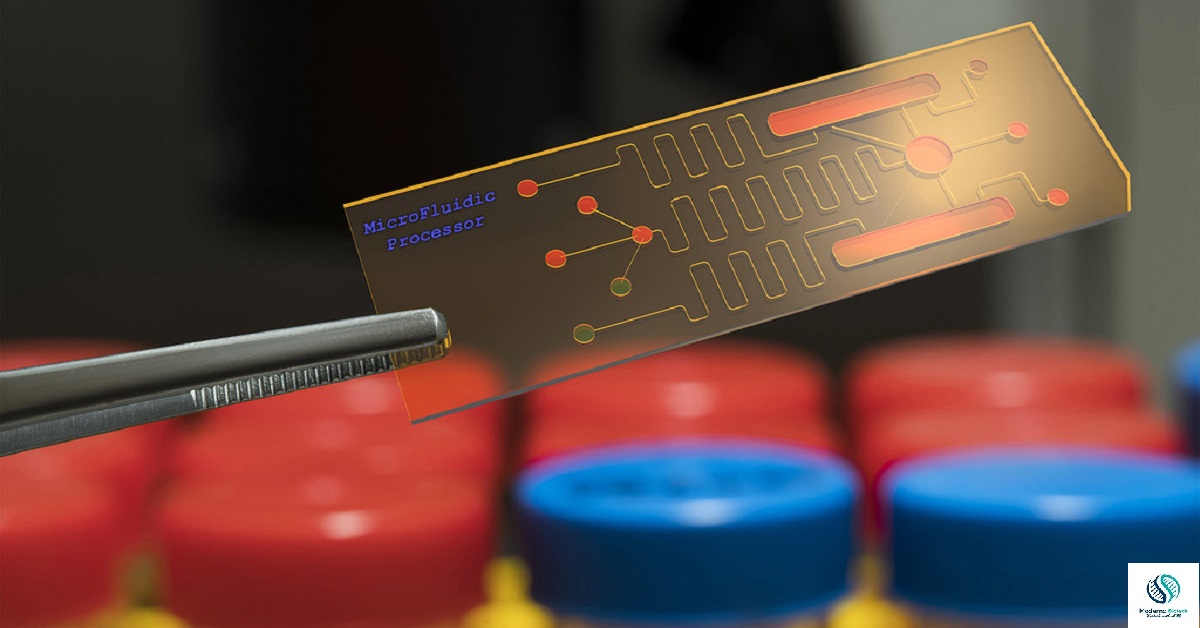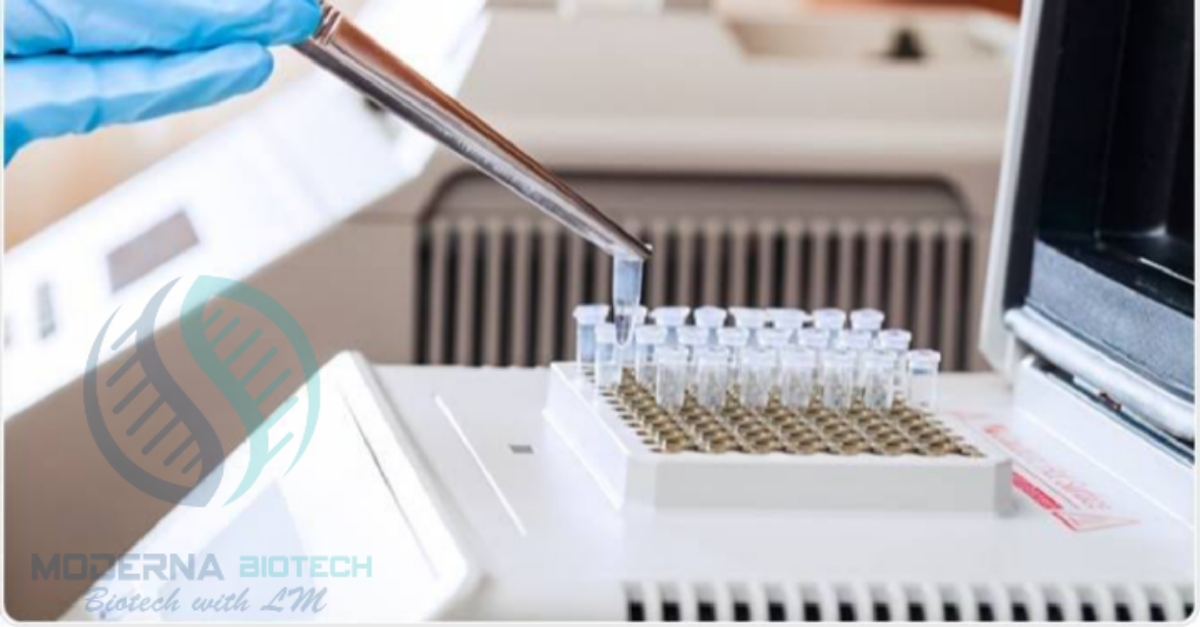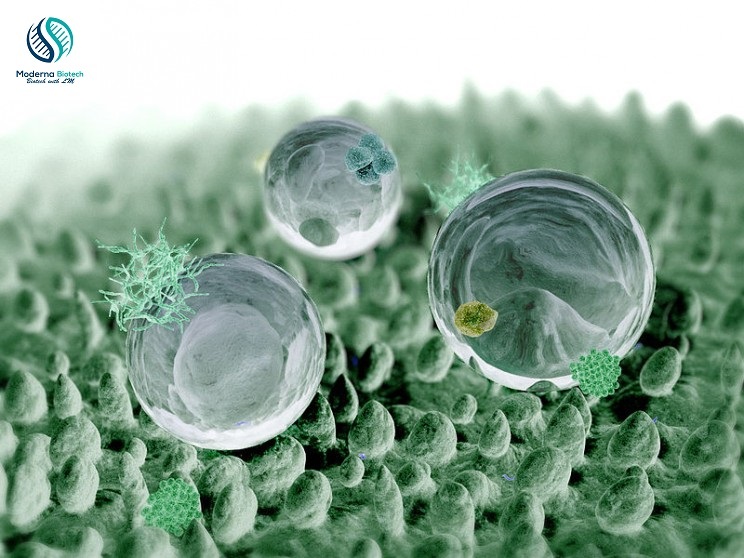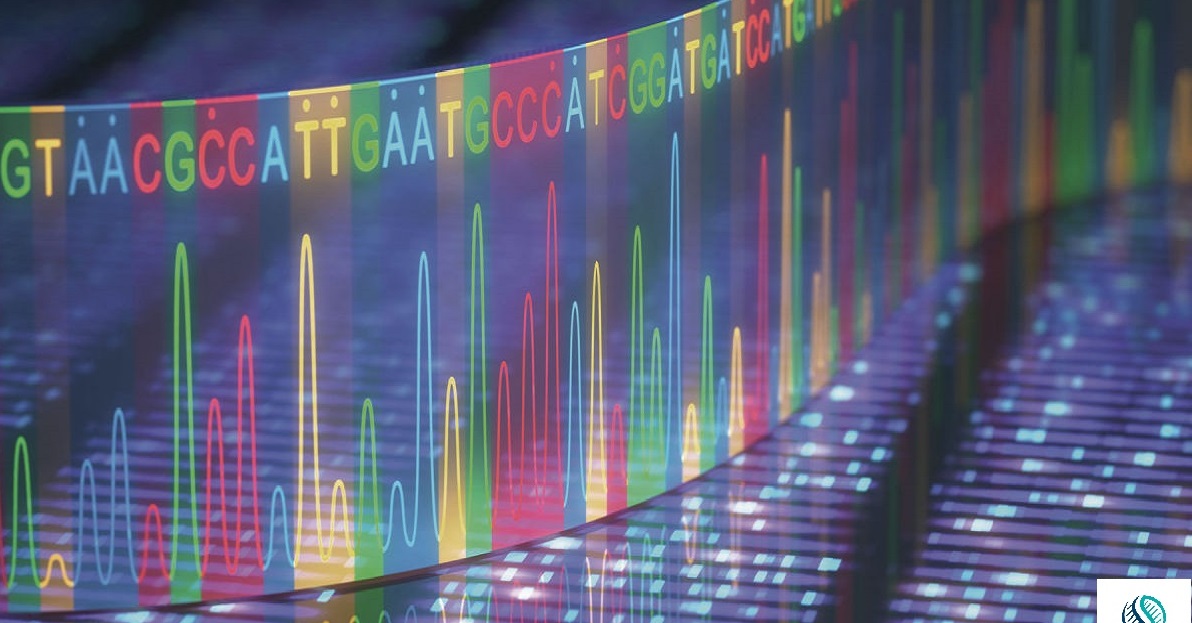How are Biosensors useful to us? | 2024

What is a biosensor?
A biosensor is a device used to detect the presence of chemicals in biological samples, we can further define it as “an analytical device that is capable of providing quantitative and semi-quantitative analytical information by using a biological element, and that element has direct contact with the transduction elements. It also measures the chemical reactions by producing signals which are relative to the analytes’ concentration within a reaction. Here, we are going to discuss how are biosensors useful to us.
- A measuring device used to sense and detect a biological analyte
- It integrates a biological component that detects an analyte,
- Physiochemical component for producing a measurable signal
Qualities of Biosensor
Biosensors having a lot of qualities which are as follows:
- Self-contained integrated device
- The biosensor can detect as well as transmit signal
- Capable of producing analytical information
- Bio receptor can detect, analyze and transmit the signal as per sensed as electrical, thermal, or optical
- Highly specificity and selectivity
- Bioreceptor’s ability to detect a specific analyte from a sample mixture
- Biosensors have a limit of detection
- Also, detect traces of analyte in a sample
- Reusable
- Independent of physical parameters such as ph, temperature, and humidity
- It has good stability
- Low cost for operation and storage
How are biosensors are useful to us?
Biosensors are used for different purposes such as in diseases causing microbes, for the detection of pathogens in food, diseases monitoring, food industry, detection of pollutants, drug discovery, and in markers that indicators of disease in physical fluids.
Biosensors are very useful in the food industries, as they are used for the detection of biological components and their concentrations in the reactions or in the product. For example, during the fermentation process, to check the number of carbohydrates or alcohol; we use the biosensors to detect and quantify their quantities as well.
Some of the applications of the biosensors in the food industry are:
- To assure food
- For sensory analysis of the
- For the detection of unpermitted chemicals like unpermitted food colors
- For the detection of toxic metabolites in the
- To detect the residual agrochemicals in the food
Static and dynamic attributes of biosensors:
There are some static and dynamic attributes that all biosensors have. These are as follows;
- Selectivity
- Reproducibility
- Stability
- Sensitivity
- Linearity
Selectivity:
- The most important feature of a biosensor is selectivity. Selectivity is the capability of a bioreceptor to perceive a specific analyte in a sample which is containing contaminants and many other impurities. For the construction of a biosensor, the main consideration is selectivity while choosing the receptors. The best example of selectivity is described by the interaction between an antibody and an antigen.
Reproducibility
- The reproducibility is distinguished by the accuracy and exactness of the electronics and transducer present in a biosensor. Reproducible signals offer high reliability and strength to the supposition made on the response of a biosensor.
- Reproducibility is another feature of a biosensor. It is the capability of the biosensor to create alike responses for a duplicated experimental system.
Stability:
- Stability the most critical characteristic in the application in which a biosensor obliges for the long incubation steps and continuous monitoring. The response of transducers and electronics can be temperature-sensitive, which can manipulate the stability of a biosensor.
- The affinity of the bioreceptor is another factor that can influence stability. It is the degree to which the analyte make a bond with the bioreceptor
- Another factor that can affect stability is the deprivation of a bioreceptor over a period of time.
Sensitivity:
- It is also an important property of a biosensor. The smallest amount of an analyte can be distinguished by a biosensor called sensitivity.
- A biosensor is obligatory to sense an analyte concentration of as low as ng/ml or even FG/ml to validate the presence of traces of analytes in a sample.
Linearity:
- The maximum linear value of the biosensor calibration curve must be high for the recognition of high substrate concentration.
- Linearity is responsible for making a link between the resolution of a biosensor and the range of analyte which is under observation.
- The linear range of biosensors is another term that is related to linearity, we can define it as the range of attentiveness of analyte for which the response of the biosensor changes linearly along with concentration. The linear range of a biosensor is from 1 to 10 mM and the lower finding limit of 0.05 mM is satisfying.
Main types of Biosensors:
The most commonly used types of biosensors are:
- Electrochemical biosensors
- optical biosensors
- electronic biosensors.
- piezoelectric biosensors
- gravimetric biosensors
- pyroelectric biosensors
Importance of biosensors:
Fluorescent biosensors play a significant role in drug discovery and in the treatment of cancer. Biosensor applications are predominant in the plant biology sector to find out the missing links essential in metabolic processes. Other applications of biosensors are involved in the defense, the clinical sector, and marine applications.



